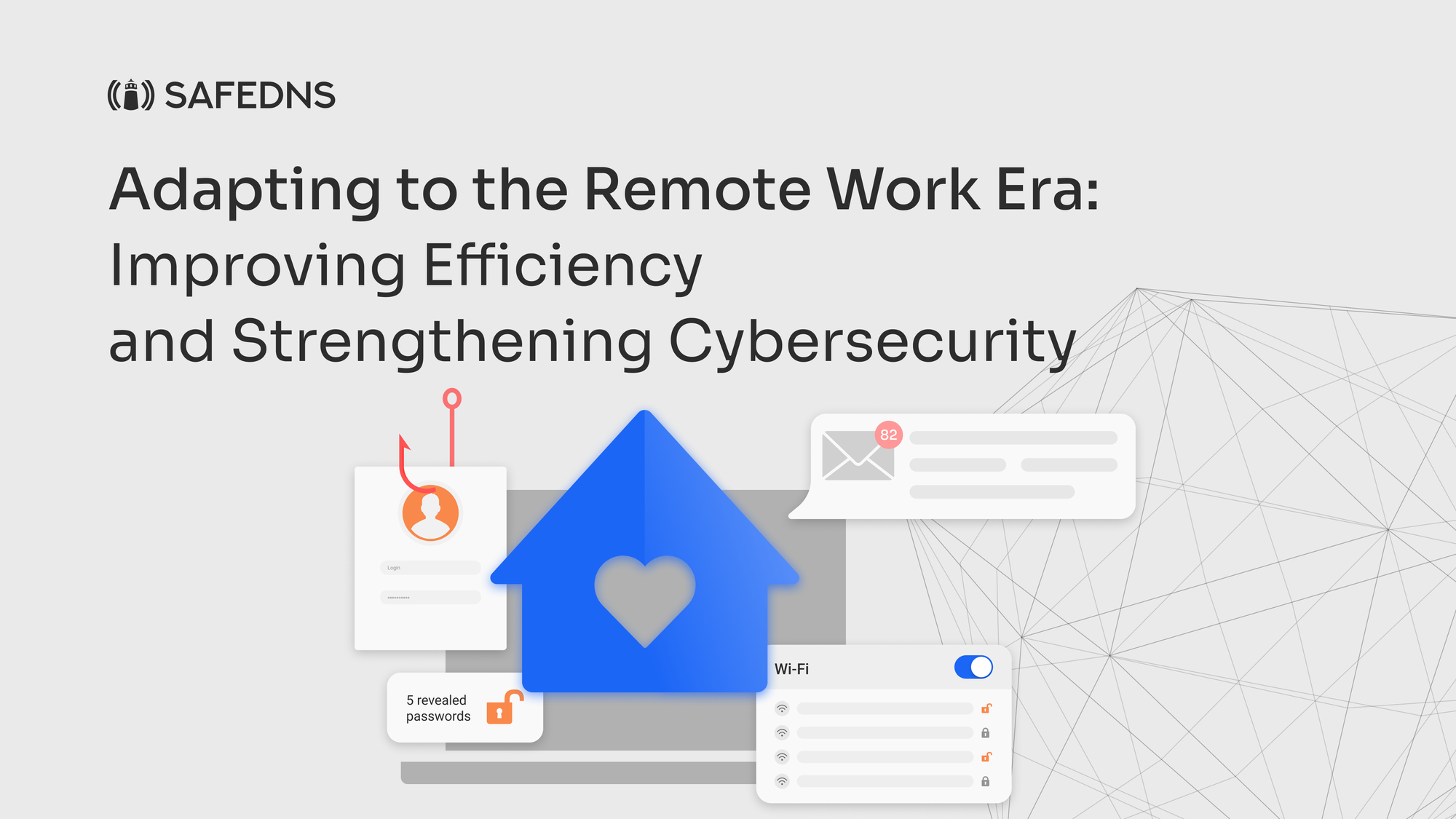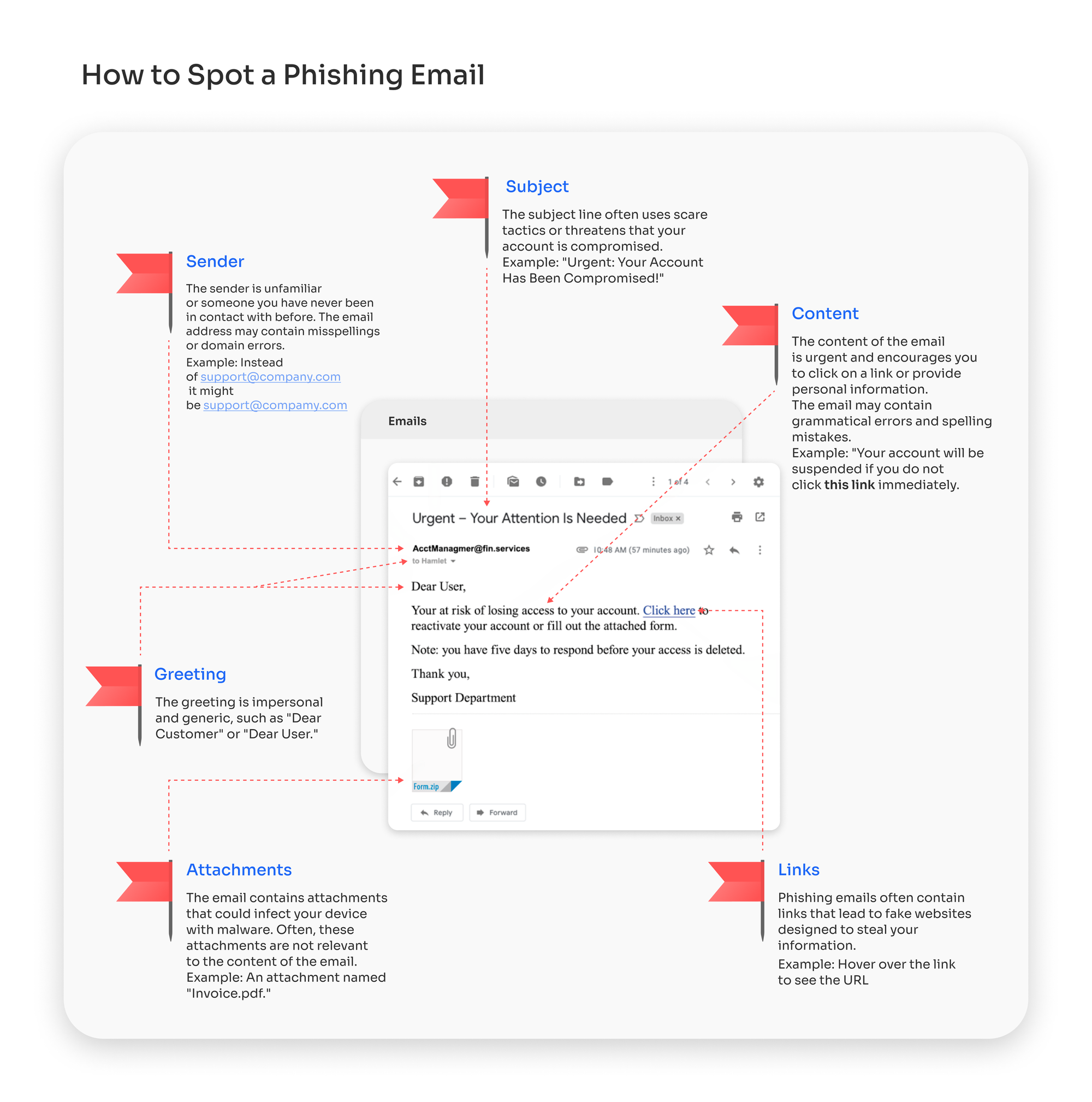
Adapting to the Remote Work Era: Improving Efficiency and Strengthening Cybersecurity
Over the past few years, there's been a major shift in how work gets done. Working from home is becoming the new normal, not just a rare exception. This shift has reshaped our views on efficiency and work-life balance, driven by advancements in technology and world-changing events like the COVID-19 pandemic.
Remote work offers numerous benefits:
- Cost Savings: Firms reduce overhead with no need for large offices, saving on rent and utilities.
- Greater Autonomy: Employees enjoy more control over their schedules, enhancing satisfaction.
- Improved Work-Life Balance: Flexibility enables better management of personal and professional life.
- Increased Productivity: Studies show remote workers are more productive in quiet, private settings.
- Environmental Impact: Reduced commuting lowers carbon emissions, promoting sustainability.
- Global Talent Access: Businesses can recruit top talent worldwide, expanding their reach.
However, the return to the office has been met with considerable friction from employees who have gotten used to remote work flexibility. Case in point: what Amazon is having to wrangle with right now is something dubbed 'coffee badging.
More than a year ago, Amazon announced its new policy on #RTO (#returntooffice), requiring employee presence in the office for at least three days per week, after a period of remote work precipitated by COVID-19. The response of employees has been very fast and negative; at this moment, more than 30,000 people have signed a petition against this mandate.
The employees began to engage in a very creative form of resistance by 'coffee badging': they would scan their badges, check into the system, enter the office, drink a cup of coffee, and then leave. Since duration of office presence was not specified in the first policy, it made the company later update it to state that an employee has to spend at least two hours in the office during each visit
Of course, there are many individuals who are enthusiastic about returning to the office. However, the opinions of the 30,000 Amazon employees who signed the petition reflect a significant segment of the workforce that prioritizes the benefits of remote work.
In addition, the shift to remote work has introduced fresh challenges for businesses aiming to safeguard sensitive information. With employees operating beyond traditional office settings, companies face the task of securing data access effectively. The rise in cyber threats due to remote work settings has heightened cybersecurity risks associated with remote access to unprotected networks and personal devices. This necessitates implementing robust security measures to mitigate these cybersecurity risks. Risks emerge from employee devices, home Wi-Fi networks, and unfamiliar third-party applications, necessitating innovative approaches to monitoring and management. Maintaining robust security protocols is crucial amidst this evolving work landscape.
5 Cybersecurity Challenges of Remote Work and How to Overcome These Cybersecurity Challenges
1. Phishing Scams: Remote workers can easily fall for phishing scams, where scammers send fake emails to steal company data. These emails might trick employees into giving away login details or downloading malware. To keep your team safe, host regular training sessions that make learning how to spot these scams fun and engaging. Teach them to recognize sketchy emails and avoid risky actions.

2. Unprotected Connections: One big headache in any remote job is the risk of insecure networks. Public Wi-Fi is like a playground for hackers; that makes the important company data prone when an employee logs in to one of those. Solution: Always use a VPN to get company information; it’s like giving your data a secret passageway. Additionally, implementing multi-factor authentication (MFA) provides an extra layer of security, ensuring secure remote access and protecting accounts from unauthorized access.
3. Device Control: When remote workers use their personal devices to access company data, it can spell trouble for the organization’s security. Installing endpoint security software on these personal devices is crucial to identify and prevent malware infiltration. A proper device management strategy will go a long way to assist in the monitoring of which specific devices are plugging into company information, thus increasing the risks related to data breaches. Establishing robust security measures to monitor and manage these devices will be the foundation in making sure that the data will be safe and remain unexposed.
4. Lack of Monitoring: Remote employees are not physically present in the office, which makes it difficult to monitor their cyber activities. Without the necessary monitoring checks, it becomes challenging to detect any potential threats or attacks. Establish proper monitoring measures to ensure that all systems and networks are secure and are continuously monitored. Implementing a content filtering solution can also help by restricting access to potentially harmful websites and ensuring that employees adhere to company policies on internet usage. The unique risks associated with a remote work environment and remote work environments necessitate tailored security solutions to effectively protect sensitive information.
5. Cloud Safeguarding: Cloud security is another significant concern for remote workers. Cloud providers typically offer several security features and protocols, but it’s essential to ensure that these features are adequate to meet your data security standards. Evaluate cloud providers before making a choice to ensure that they have the necessary security protocols in place. Protecting sensitive data in the cloud is paramount, and organizations must ensure that robust security measures are in place to safeguard this information.
To enhance productivity and protect organizational data, we recommend using content filtering solutions. These tools help in safeguarding against malicious websites and online threats while managing internet usage within the company. By filtering out non-work-related content, content filtering solutions ensure that employees stay focused on their tasks, reducing distractions and increasing overall productivity.
Here’s how SafeDNS can help:
- Strengthen Security: Help protect your company’s network and employees from all internet threats with our cloud-based content filtering solution. SafeDNS adds an important layer of web filtering to help manage human error and make your cybersecurity stronger.
- Boost Productivity & Monitor Traffic: SafeDNS puts you in charge of internet access at your company. You can block unnecessary sites and limit access to just what your team needs to get their work done. This cuts down on distractions and keeps everyone following company rules.
- Next-Generation Protection Using ML & AI: SafeDNS uses the latest in AI and Machine Learning to provide exceptional security. Since 2015, our solution has been updating its database continuously with new online threats and inappropriate content to block them as they appear. In this way, it keeps your data and network safe against ever-changing risks, always one step ahead.
Want to experience it yourself? Try SafeDNS with a free trial here.
To wrap up, remote work isn’t just a trend—it’s a massive shift in how business goes on. More people are working from home now, so the need to strike a balance between efficiency and cybersecurity has become very important. This very article was crafted by someone working remotely, which goes to show just how pervasive this change really is. The digital age of remote work requires modern tools and strategies for any business to remain safe and productive.
Take advantage of the SafeDNS trial period and try all the best features

